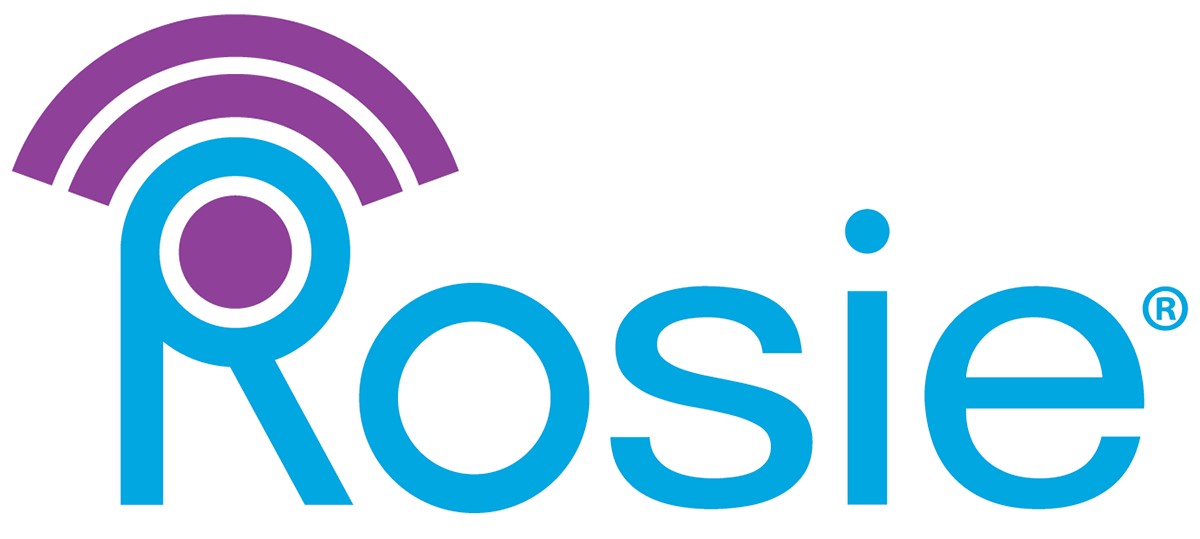What Hardware and Software Are Used for Telemedicine?
Since 2020, vast numbers of facilities have adopted telemedicine in an effort to better serve those under their care. A survey from February 2022 estimates about a quarter of people used telemedicine from April to October 2021, and the adoption rates are likely to continue increasing.
That said, it may be difficult for some long term care (LTC) and skilled nursing facilities (SNF) to know where to start when adopting telemedicine due to the hardware and software requirements. The following breakdown should help you get started.
How Telemedicine Is Used by Providers
First, it’s worth exploring how telemedicine is used by healthcare providers, particularly in long-term care environments. While telemedicine technologies have obvious applications when it comes to reaching patients at home, it still has valuable uses in skilled nursing facilities. These include:
- Reliable monitoring of patient vitals with connected devices
- Quick access to specialists without the need to relocate residents
- Up-to-date records through EHR connectivity
To support these applications, specific equipment is needed.
Telemedicine Equipment Requirements and Features
The hardware and software devices used in telemedicine typically make use of the following features.
Video Conferencing Capabilities
Webcams—or even phone/tablet cameras—play a valuable role in helping patients. Research has found that in general, including face-to-face video conferencing in telemedicine care results in fewer medication errors and higher diagnostic accuracy over phone-based care alone, which has obvious benefits when it comes to the busy atmosphere of LTC facilities.
Remote Patient Monitoring
Remote patient monitoring—or RPM—is also an important component of telemedicine. Connected devices such as thermometers, virtual stethoscopes and otoscopes, wireless scales, and so forth make it possible to keep tabs on patients without the need for constant physical visits.
EHR Connectivity
One of the great advantages of using connected devices is the ability to instantly update electronic health records (EHRs) with current data. Readings from devices can be immediately uploaded to digital records to facilitate more efficient care based on reliable data.
Regulatory Compliance
Finally, regulatory compliance is a vital feature of telemedicine. Software in particular needs to remain in compliance with HIPAA in the way it handles patient data.
Common Telemedicine Software and Devices
With the necessary features spelled out, it’s time to dive into the types of devices that are actually used in telemedicine. Tools and software options include:
- Bluetooth glucometers
- Smart infrared thermometers
- Smart scales
- Oximeters
- Digital otoscopes
- Virtual stethoscopes
- RPM-ready nursing carts equipped with mobile tablets
- Telehealth-ready software platforms with EHR connectivity
When used with software tools that allow EHR connectivity, the vital signs readers and scopes listed above make it easy to keep track of residents’ wellbeing. Mobile nursing carts and tablets make it possible to check in with residents, meet with specialists, and so on, all while keeping overhead costs low.
While there may be an upfront cost when implementing this equipment, each tool allows for greater efficiency. Since nursing staff don’t need to be everywhere at once in order to check on residents, there’s less rush and decreased odds of costly mistakes. In addition, the upfront costs may be compensable under CMS guidelines.
FAQs on Telemedicine Equipment Requirements
When considering implementing telemedicine software and devices, it’s normal for questions to come up. Some common questions include the following.
Does Rosie’s telemedicine equipment use HIPAA-compliant software?
RosieConnectivity™ is fully compliant with all applicable laws and regulations. In fact, with EHR connectivity, it may even help you satisfy the “meaningful use” incentives set forth under the HITECH Act.
Do I need a webcam for telehealth?
To reap the benefits of telemedicine, it’s worth investing in a good webcam since it makes the process more efficient, professional, and personable while minimizing the risks of errors.
What are the technical infrastructure requirements for telehealth?
Technical infrastructure requirements include high speed broadband internet along with imaging technology (such as digital thermometers, stethoscopes, etc.). You’ll also need adequate trained staff to maintain your IT infrastructure.
Implementing Telemedicine Hardware and Software
When choosing telemedicine software and devices to use in your facility, it’s important to choose hardware that’s purpose-built for the rigors of LTC environments. Rosie offers a wide range of carts, tools, scopes, and devices to use in telemedicine, making it easier than ever to reach your patients and prescribe treatments as needed. To learn more, contact Rosie Connectivity Solutions today.
